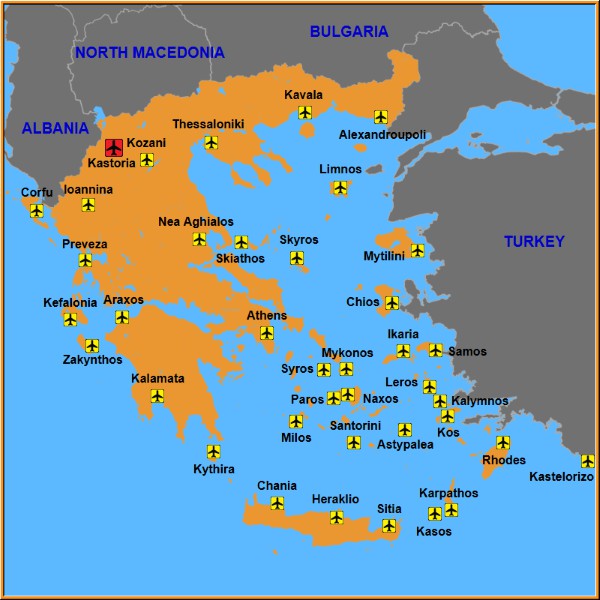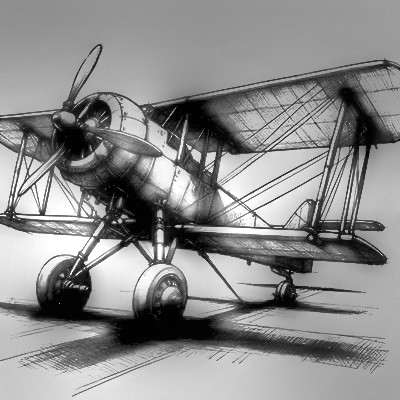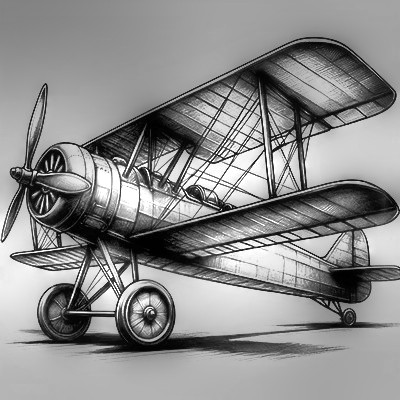
When it comes to hidden gems in the world of travel, Kastoria National Airport, also known as Aristotelis, emerges as a captivating destination that beckons adventurers and wanderers alike. Nestled in the heart of Greece, this airport stands as a testament to both modern connectivity and the rich historical tapestry of the region. In this blog post, we embark on a journey to uncover the allure of Aristotelis, exploring its history, significance, and the myriad wonders it has to offer.
The Chronicles of Aristotelis
A Brief Odyssey Through Time
To truly appreciate the significance of Kastoria National Airport, one must delve into its storied past. The airport's roots trace back to a time when aviation was still in its infancy, and air travel was an audacious dream. Over the years, Aristotelis has evolved from a modest airstrip to a pivotal hub, connecting the enchanting city of Kastoria with the world.

Unraveling the Mystique: Aristotelis in Detail
The Moniker: Aristotelis
Aristotelis, a name that resonates with wisdom and intellect, serves as the beacon for travelers venturing into the captivating realm of Kastoria. The airport, named after the renowned philosopher Aristotle, symbolizes not only a connection between destinations but also a bridge between the contemporary and the classical.
IATA Code: KSO
For seasoned travelers, the three-letter code 'KSO' carries a promise of exploration and discovery. Kastoria National Airport, identified by this succinct code, beckons with the allure of new horizons, inviting jetsetters to experience the charm that Greece so generously bestows upon its visitors.
ICAO Code: LGKA
In the language of aviation, the four-letter code 'LGKA' designates Kastoria National Airport, carving its presence on the aeronautical map. This code, more than a mere combination of letters, encapsulates the essence of a location where the skies meet the land, creating a harmonious intersection of human ingenuity and the natural world.
Proximity to Kastoria Center
Just a stone's throw away from the historic center of Kastoria, Aristotelis beckons travelers with the promise of convenience. A mere 9 kilometers separate the airport from the heart of the city, making it an easily accessible gateway for those eager to explore the enchanting landscapes and cultural treasures that await in Kastoria.

The Charms that Await
Gateway to Untold Adventures
As you step off the plane onto the tarmac of Aristotelis, you are not merely arriving at an airport; you are stepping into a world of wonders. Kastoria, with its picturesque landscapes, Byzantine architecture, and serene lakeside views, stands as a testament to the timelessness of Greek beauty.
Beyond the Horizon
From Aristotelis, the possibilities are boundless. Whether you seek the tranquility of Lake Orestiada or the cultural richness of the city, Kastoria has something for every discerning traveler. The airport is not just a point of arrival or departure; it is the threshold to an adventure waiting to unfold.
A Persuasive Call to Adventure
In conclusion, Kastoria National Airport, fondly known as Aristotelis, is more than a transit point — it's a gateway to an extraordinary travel experience. The historical resonance of Aristotle's name, the aviation codes that whisper tales of connectivity, and the proximity to the vibrant center of Kastoria all contribute to the airport's charm.
As you plan your next journey, consider the allure of Aristotelis. Let the IATA code 'KSO' and the ICAO code 'LGKA' guide you to a destination where history, culture, and natural beauty converge. Embark on a voyage that transcends the ordinary, and let Kastoria National Airport be the starting point of your extraordinary adventure.
